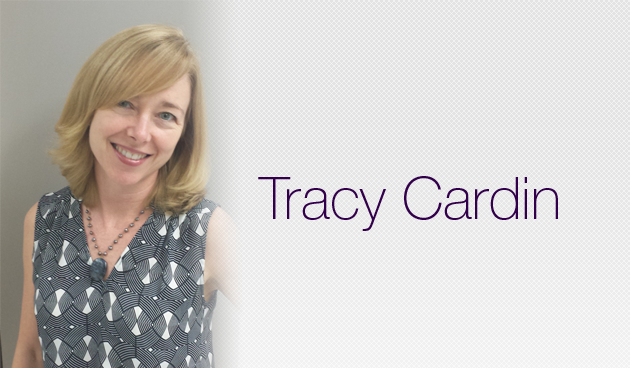I just finished reading the soon to be published JHM article called “The highest utilizers of care: individualized care plans to coordinate care, improve health care service utilization, and reduce costs at an academic tertiary care center” by Mercer et al.
Using a multidisciplinary team of volunteers including members from hospital medicine, ER, psychiatry, ambulatory care, social work, nursing and risk management, individualized care plans were developed for high utilizer patients. These patients had multiple co-morbidities, or concomitant psychiatric illness or substance abuse issues. This team took the top 24 patient utilizers and developed individualized care plans and loaded them into the EMR. With this change, they saved money. They saved hospitalizations. They reduced readmissions by about 60%. But they didn’t really reduce ER visits. But that is actually the most interesting part. Because it means the patient’s behavior didn’t change. The PROVIDER’S did.
I had the opportunity so talk with Medical Director Noppon Setji from Duke University who helped develop this study. Originally the idea started as a fledgling QI program. I asked him if there were significant difficulties getting buy in for a project of this type. He noted that it wasn’t difficult, as all parties were frustrated with seeing the same patients, struggling with the seemingly same and unsolvable problems, so that there was underlying enthusiasm from the get go.
One of the biggest challenges was simply getting the EMR to interface in a user-friendly way. This challenge was somewhat relieved midway by the change of the EMR which made the interface more intuitive, and with fewer “clicks” required from providers. He notes that the program was very successful in part because of the lower of number of patients, but admits that now the numbers are climbing to closer to 60 patients. This would be an unwieldy system without more protected time to do it and do it well Sustainability, he feels, can be achieved with your institution’s commitment and support. He notes also that in order to be successful, his program benefited from very strong partnership with the ER, something that often fails to come naturally to hospitalists. One thing that was also not really commented on in the JHM article is the patient input into their care plan. In the future there is a plan to document patient input more clearly.
This is so exciting. To think that instead of being the passive and powerless victims of our challenging patient’s choices and behaviors, WE can be powerful providers and actually impact their readmissions, and how much money is spent — especially when, as the authors note, that less than 1% of patients account for 21% of national health care expenditures.
Of course I can’t stop from commenting on how one of the most effective interventions for these high utilizer patients was to simply stop giving IV narcotics upon arrival. In fact, 96% of the high utilizer patients had substance abuse issues. But that wasn’t the only change. As per Noppon Setji, some of these patients were referred to a newer pain service. Patients were given a more comprehensive pain management program consisting of multidisciplinary team members, including a pain psychologist. We definitely need to provide more support to these types of individuals. Except that this study clearly shows that although patients may benefit from these changes, we don’t necessarily need to change patient’s behaviors. We need to change our own. If you look at the opiate problem in this country, prescribers are a large proportion of the problem. This must be addressed.
The other major patient group affected were those with end stage disease who were admitted frequently in an attempt to stabilize conditions that can’t really be resolved. In those cases care plans facilitated hospice referrals. We know from a multitude of other studies that this is often done way too late. Hospice referrals, which recent NEJM article notes in lung cancer patients, may actually even help people live longer.
It’s not a perfect study. It was only 24 patients. And sustainability and the management of increasing numbers is an issue. But it was 24 of the highest utilizers in the hospital. These people may represent the “low hanging fruit” for which these universal care plan type interventions may be most effective. But what if we all harvested some of that fruit? What if we changed OUR intervention patterns, OUR behaviors and saved the system money, saved patients a lot of unnecessary interventions, saved patients from more pain and suffering?



Leave A Comment